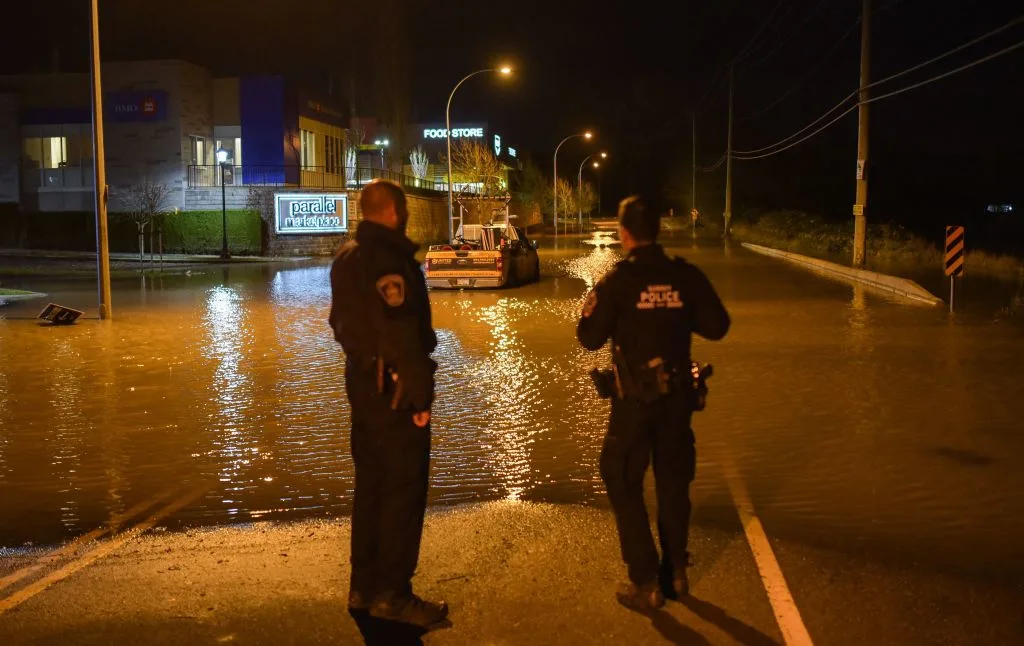
20 weeks later: Apocalyptic flooding follows deadly heat dome in B.C.
Both the record-breaking heat dome and destructive flooding in British Columbia are making international headlines and sounding alarms about what climate change looks like in Canada.
Once again people around the world are staring at their screens watching British Columbia suffer another extreme weather event. This one comes just 20 weeks after a horrific heat wave gripped the region, claiming hundreds of lives and setting a record-breaking temperature of 49.6°C in Lytton.
A merciless atmospheric river began funnelling in significant levels of moisture to B.C. and some cities, such as Hope, saw nearly 300 mm in just a few days. Hope normally sees 250 mm in an entire month.
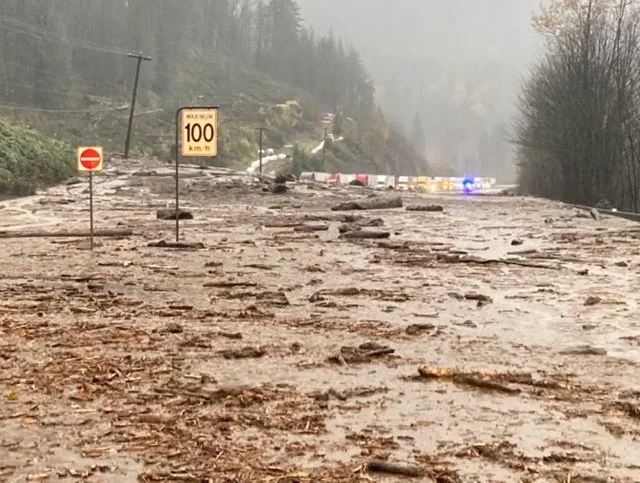
Extreme flooding near Hope, B.C. (DriveBC Twitter)
The roots of these severe events, a heat dome and an atmospheric river, are weather patterns that are part of a normal atmosphere. The abnormal circumstance, according to thousands of climate scientists, was the amount of heat in the atmosphere during these events.
Countless studies, such as a rapid attribution analysis from World Weather Attribution, cited human-caused global warming as a factor that amplified the heat dome event and made it more dangerous than it could have been in a climate system without the additional heat. In fact, this rapid analysis found that the West Coast heat wave during the summer of 2021 would have been "virtually impossible" without climate change.
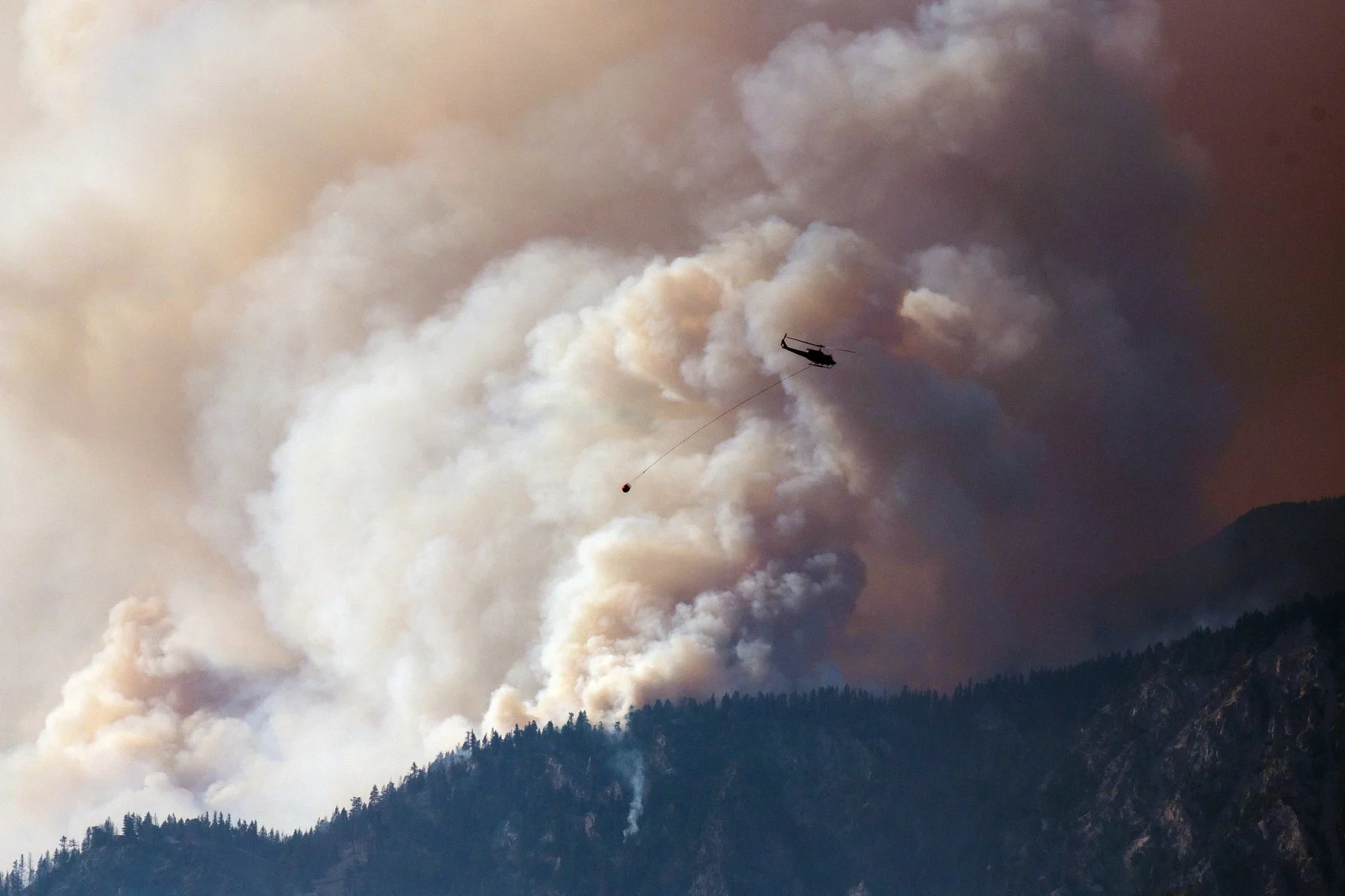
A helicopter fighting a wildfire in Lytton, British Columbia. (James MacDonald/ Bloomberg Creative/ Getty Images)
Undoubtedly, several climate scientists are likely in the process of calculating a rapid attribution analysis for this atmospheric river event. However, the impact that climate change has on atmospheric rivers, a narrow band of moisture-laden air, has been noted in peer-reviewed literature before.
A 2020 study published in Nature Reviews Earth & Environment stated that along the western coastline of North America, “atmospheric river activity has been increasing since 1948, [which is] possibly linked to the warming of sea-surface temperatures in the western Pacific [and is] attributable to anthropogenic climate change.”
There has been a 20 per cent increase in atmospheric river days in British Columbia and the study warned that these events can increase the likelihood of wintertime flooding in mountainous regions.
“What we're seeing is climate change in action. The predictions have been that we're going to see storms of increasing frequency and magnitude, more water coming down, over shorter periods of time, driven by climate change,” Blair Feltmate, Head of the Intact Centre on Climate Adaptation at the University of Waterloo, told The Weather Network.
“The energy that went into heating in the first place doesn't disappear. It's still there,” Feltmate said. “There's more water in the air, more precipitation, more energy attached to the system when we get storms of greater veracity. And that's what's being realized in British Columbia right now.”
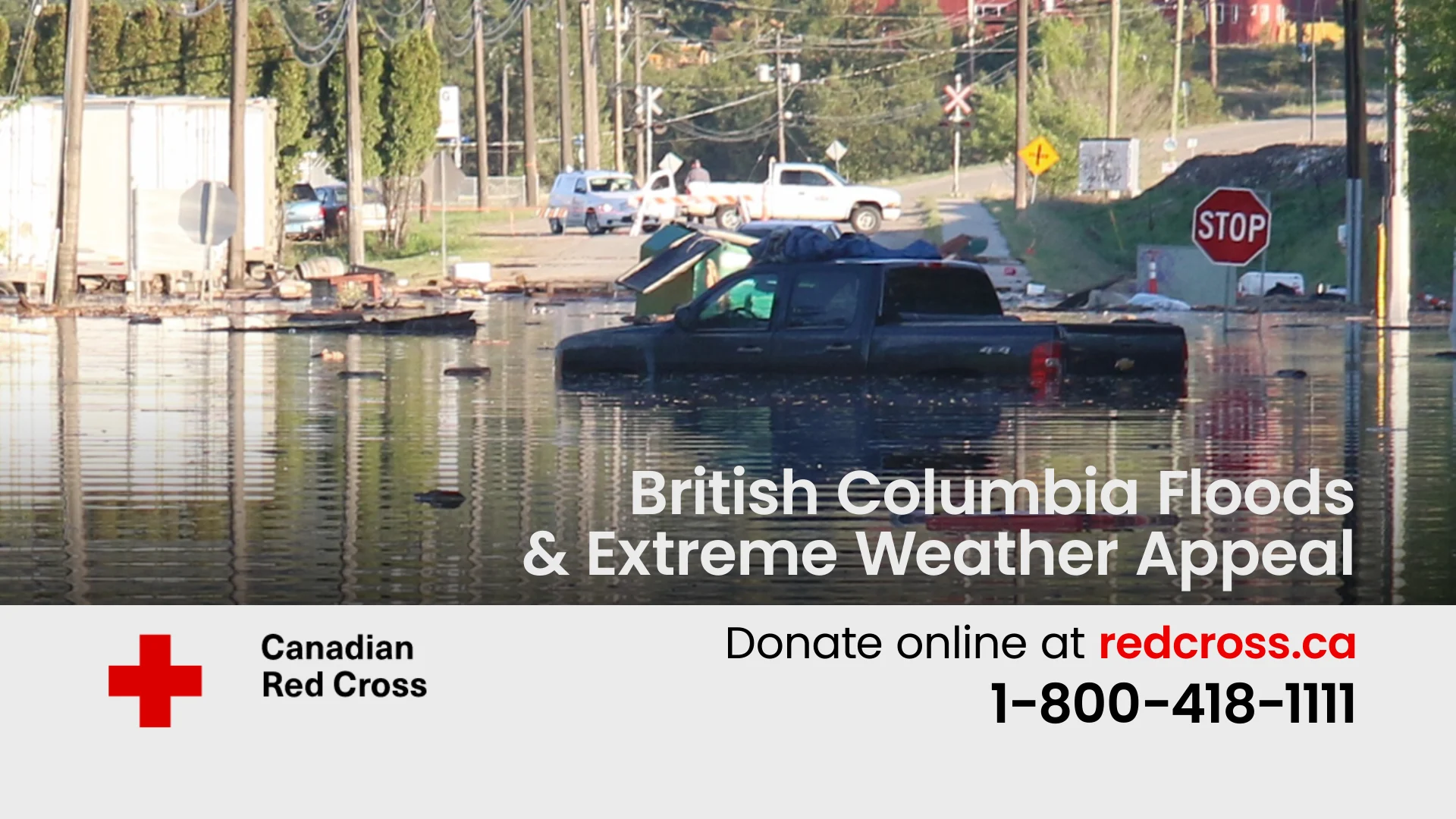
Concerningly, the severity of the flooding caused by the atmospheric river was likely increased by the severity of the wildfires that scorched the landscape during the heat dome, reminding us of the lingering impacts these extreme weather events have. The U.S. National Weather Service (NWS) states that burned landscapes and locations several kilometres away, specifically those downhill and downstream, are “very susceptible to flash flooding and debris flows.”
Debris flows occur when water running downhill over burned areas creates significant erosion, picking up trees, rocks, and other burned vegetation. The enormous force of the debris combined with the rushing water is powerful enough to damage bridges, roadways, and buildings.
“Rainfall that would normally be absorbed will run off extremely quickly after a wildfire, as burned soil can be as water repellant as pavement. As a result, much less rainfall is required to produce a flash flood,” the NWS explains.
HOW MUCH WILL IT COST TO ADAPT TO CLIMATE CHANGE?
Severe weather events are bound to happen each year and both governments and businesses are considering how human life and property can be better protected. According to Feltmate, since the impacts of climate change are happening right now in Canada, adaptation measures and preparedness efforts need to be scaled up.
“There's flood, drought, fire, hail, wind, snow load, permafrost loss, sea level rise, lots of things going wrong,” said Feltmate. “We have to put the measures in place to minimize the damage that will otherwise result from these events. And there is no cheating the system. If we ignore these things, we get caught. And the costs associated with them will be unconscionable,” said Feltmate.
“For every dollar invested in adaptation, we realize about a three to $8 savings per 10 year period in cost avoidance or damage, monetary damage or cost that now didn't occur...and I mentioned a 10 year period because once you put an adaptation measure in place, it is effectively the gift that keeps on giving. The other thing to realize with adaptation is that for every dollar spent locally, you realize the benefits locally in that community.”
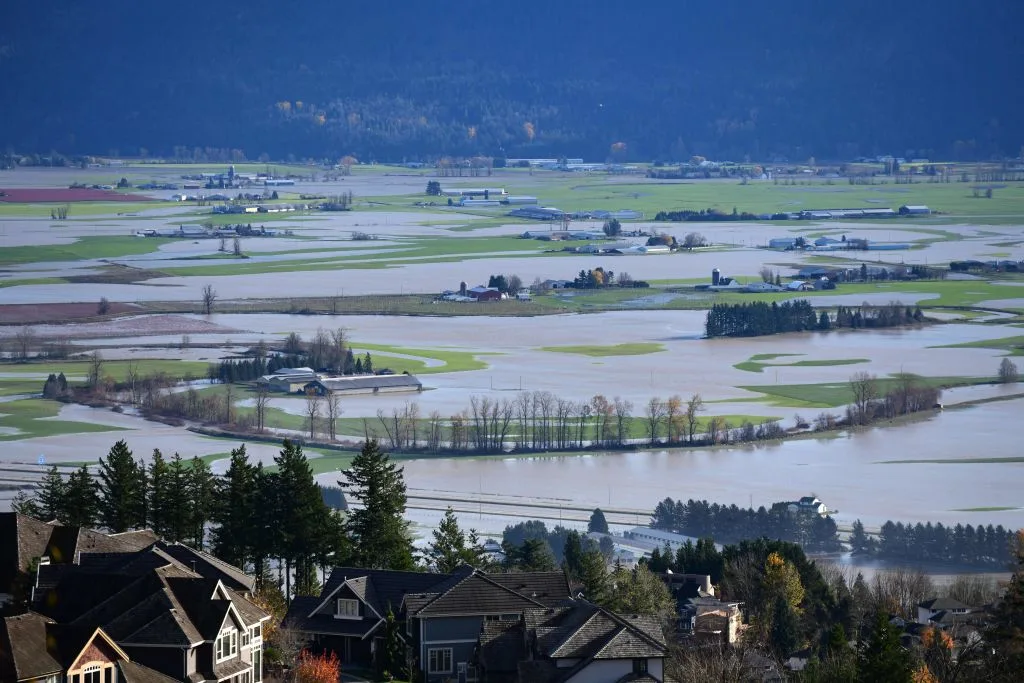
A view of flooding in the Sumas Prairie area of Abbotsford, British Columbia on November 17, 2021. (Don MacKinnon/AFP via Getty Images)
In reference to adaptation, Feltmate has noted two primary areas where we can focus: what can the homeowner do around the outside of his or her property and then what can be done at the community level.
Shockingly, Feltmate and his team found 70 per cent of homes surveyed across the country had ground topography directing water towards the house versus away from it, so grading is one measure people can consider. For communities, Feltmate said diversion channels, holding ponds, cisterns, which are like large buckets in the ground, can keep people and infrastructure out of harm's way.
In addition to adaptation measures, experts emphasize the urgent need to slash global greenhouse gas emissions. Since the early 1900s, the world has warmed 1.2°C (± 0.1°C), which has contributed to the increasing frequency and severity of global extreme weather events. Experts say that limiting warming to 1.5°C above pre-industrial levels, as outlined in the Paris Agreement, is necessary for minimizing the impacts of climate change.
With files from Neil Ever Osborne
Thumbnail credit: Philip McLachlan/ Contributor/ AFP via Getty Images

